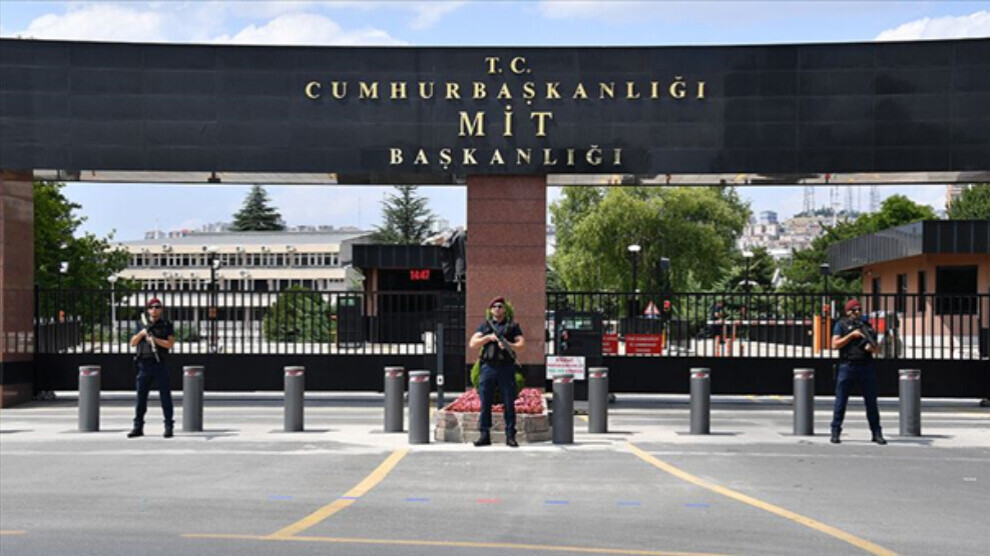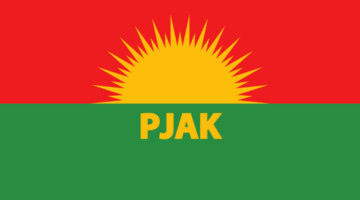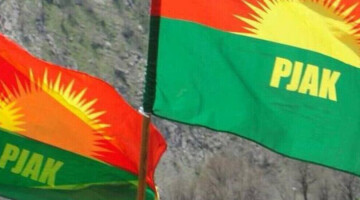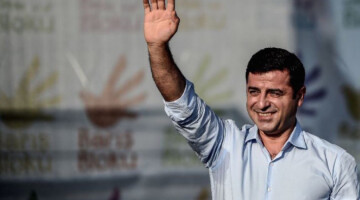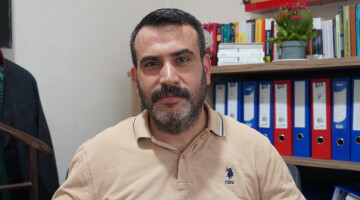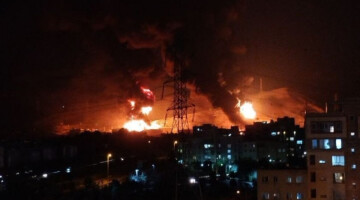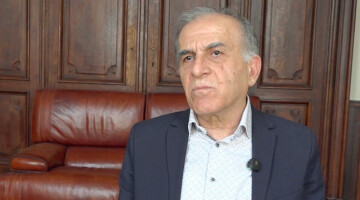Europe has been used as the Turkish state's "area of operation" for decades. Many dissidents and revolutionaries became the target of the Turkish state.
Undoubtedly, these dirty activities have a long history. It dates back to the establishment of the Turkish state. Established under Enver Pasha who is known for his Genocides, Special Organisation (Teşkilat-ı Mahsusa) forms the infrastructure of today's underground structures. The names have changed but the methods and mentality have remained the same. Oppositions were tried to be silenced and eliminated by oppression and criminal means created both at home and abroad. Teşkilat-ı Mahsusa established a symbiotic relationship with the mafia and gangs of criminals released from prisons. They carried out counter-intelligence activities and assassinations at home and abroad. This structure turned into a serial crime machine and committed one of the heaviest crimes in history with the Armenian Genocide it organised. The same form of relationship is manifested today in its most vivid form.
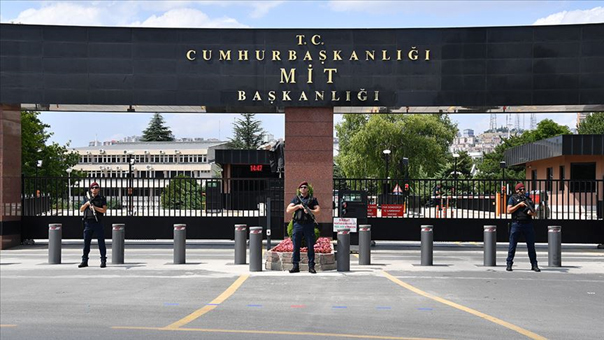
Following the ‘Teşkilat-ı Mahsusa’, intelligence organisations with different names were established. Its final form was the National Intelligence Organisation (MIT), which was founded in 1965. The same state setup created many dark criminal apparatuses in the police-soldier-gang triangle. All of them had extensive connections with politicians, bosses, judges and prosecutors, the media as well as those from the sports and arts circles. One of the structures established was JİTEM, which was mobilized against the Kurds. Gendarmerie Intelligence and the Fight Against Terrorism, in other words, was deciphered especially with the Susurluk accident in 1996. Abdulkadir Aygan, a former member of JİTEM who took refuge in Sweden in 2003, also made important confessions about this structure. Aygan explained that he was involved in crimes such as dozens of torture sessions, extrajudicial executions, and the disappearance of corpses. Following his confessions, a mass grave was discovered in 2009.
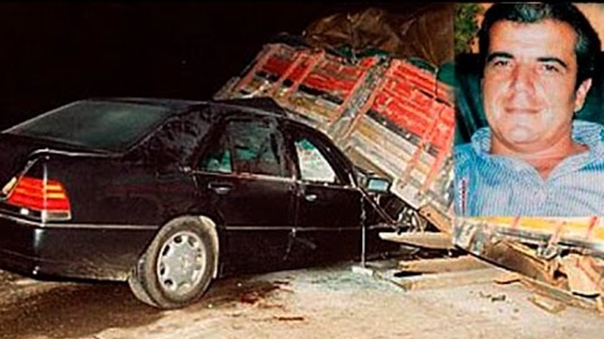
Incidente di Susurluk nel 1996
The Susurluk accident not only revealed the state-mafia relationship of JİTEM, the relations between politicians and paramilitary groups, but also gave information about the state's operations abroad. Abdullah Çatlı, who died in the suspicious accident attributed to JİTEM, was a state agent, counter- guerrilla, mafia boss and a member of the racist-assassin Organisation, the Nationalist Movement (Ülkücü Hareket). He was a "hero" for Turkish nationalists.
With the Ergenekon case, entering the agenda of all of Turkey, the Susurluk accident became visible once again. Thus, the "operations" of this dark structure abroad were also deciphered. Expressed as the Deep State or Turkish Gladio, Ergenekon was the subject of lawsuits as a result of the power struggle. In the power struggle between the Ergenekon with Kemalist character and the political Islamist government, the Susurluk case was also included in the Ergenekon case file. The information that leaked in 2008 showed that the agent named Abdullah Çatlı was appointed by the chief of the military coup, Kenan Evren, especially against the Armenians in France in the 1980s. According to the Susurluk report, the murders and bomb attacks began on October 22, 1983, after a contact between Abdullah Çatlı and the authorities of the time. In the 1980s, many crimes were committed on the territory of France. However, Çatlı was arrested once for drug trafficking in 1984, not for the political murders he committed in France, and was sent to Santé Prison in Paris. Çatlı, who was sent to Switzerland, suspiciously escaped from prison in 1990.
STATE-POLITICS-MAFIA RELATIONSHIP
After the Susurluk accident, then Prime Minister Mesut Yılmaz, upon pressure, asked for a report to be prepared investigating the state-politics-mafia relationship. In the report prepared by the Prime Ministry Undersecretary Kutlu Savaş, it was documented that mafia and nationalist groups committed murders abroad on behalf of the state, with the knowledge of the MIT, by taking appropriations from the state treasury.
Mehmet Eymür, former Head of the Counter-Terrorism Department, acknowledged the state-mafia relationship in a lawsuit filed in Istanbul after the report, and said, “We needed it both during the Armenian-ASALA activities and for the PKK activities abroad. It is not possible for normal men to do it. We need hitmen”.
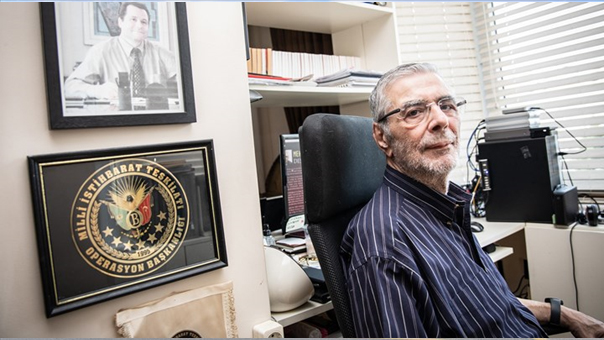
Mehmet Eymür, former head of MIT Counter-Terrorism Department
CONFESSİONS OF MIT EXECUTIVES
In Eymür's statements, he admitted that MİT member Hiram Abbas and together with mafia leader Alaattin Çakıcı killed Armenians in Beirut, and that Çakıcı killed Agop Agopian, one of the founders of ASALA, on April 28, 1988, in Athens, the capital of Greece. According to Eymür's statements, in the Organisation, there were names such as Mehmet Ağar, who also served as the Minister of Justice and Interior, Korkut Eken, Special Forces Commander of the Turkish Armed Forces, and Mehmet Ali Aĝca who attempted to assassinatethe Pope Jean-Paul II in Rome on May 13, 1981.
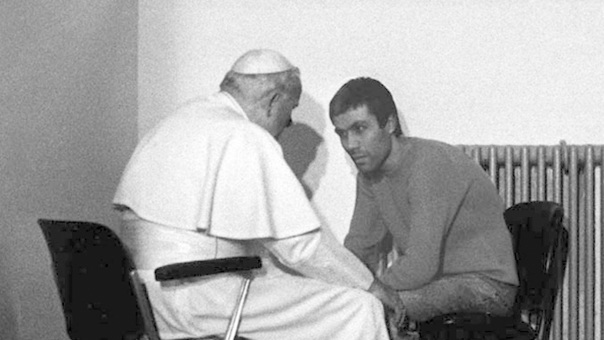
Pope Jean Paul II suffered an attempted murder in 1981 by Mehmet Ali Ağca

